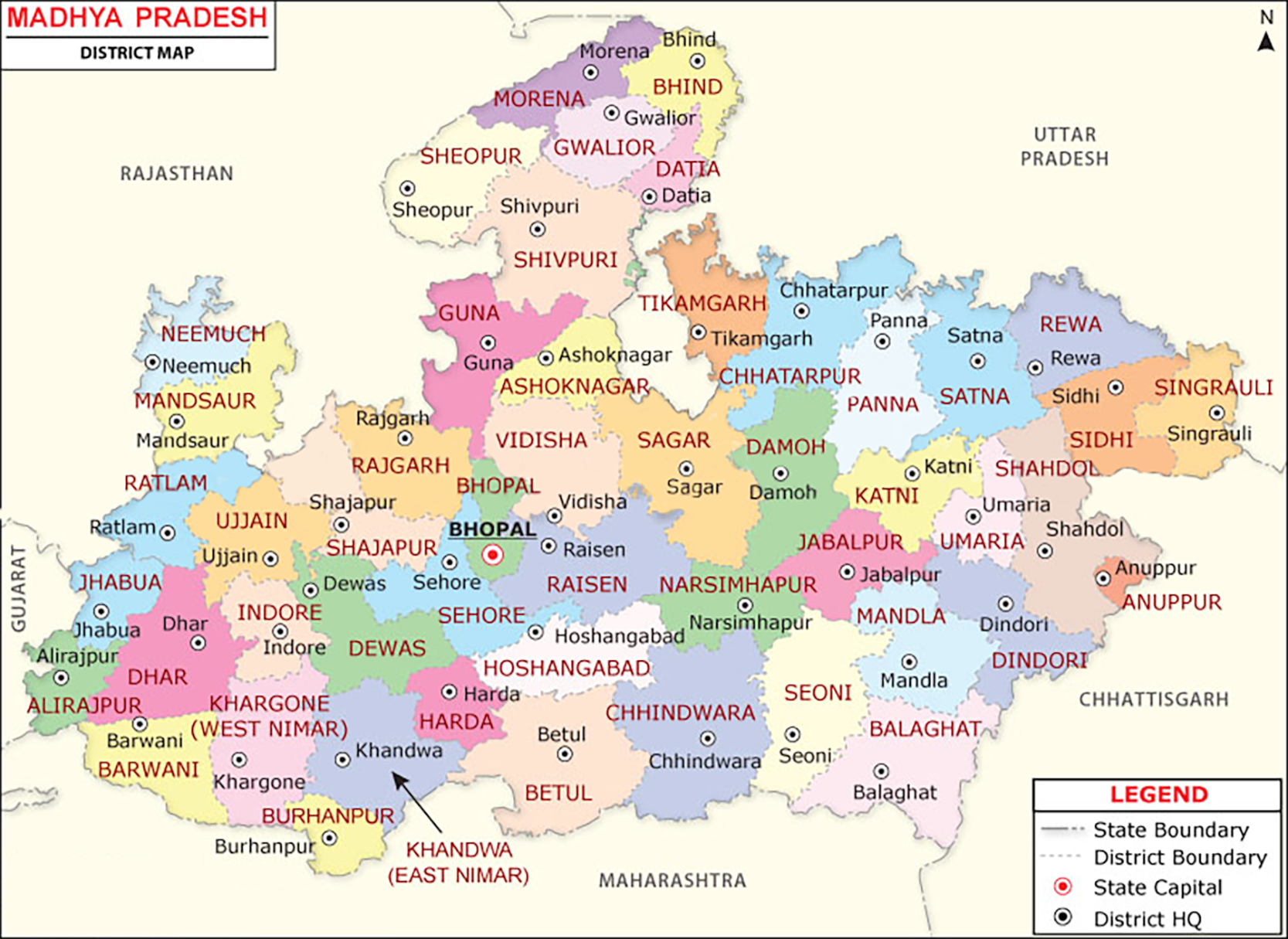Jammu & Kashmir Switch to Hindi
Effects of Lithium Mining in Reasi
Why in News?
Recently, a new study highlights the environmental concerns associated with lithium brine extraction, a process involving pumping salt-rich water to the surface and using evaporation ponds to extract lithium.
Key Points
- Potential Impact of Lithium Mining in Reasi (J&K):
- Water Crisis: Many villages in Reasi are struggling to access enough water, after perennial streams dried up following the construction of the Chenab Rail Bridge.
- Water-intensive lithium mining can further worsen the situation.
- Threat to Biodiversity: The Himalayan region in J&K is a biodiversity hotspot and a eco-sensitive region, and mining could lead to a significant loss of biodiversity.
- It can hamper the habitat of migratory birds like Common Teal, Northern Pintail etc who come every year to stay in lakes, marshes and wetlands of Jammu and Kashmir.
- Food Insecurity: Mining and processing lithium can further jeopardise food security through its excessive carbon emissions, water, and land use methods.
- Pollution: The Himalayas are the source of so many rivers and mining activity may pollute the entire riparian ecosystem.
- Water Crisis: Many villages in Reasi are struggling to access enough water, after perennial streams dried up following the construction of the Chenab Rail Bridge.
- Lithium: It is a soft, silvery metal. It has the lowest density of all metals.
- It has high reactivity, low density and excellent electrochemical properties.
- Its ores are Petalite, Lepidolite and Spodumene. It is also known as the “white gold”.
- Applications:
- Batteries: The most important use of lithium is in rechargeable batteries for mobile phones, laptops, digital cameras and electric vehicles.
- Lithium is also used in some non-rechargeable batteries for things like heart pacemakers, toys and clocks.
- Alloys: A magnesium-lithium alloy is used for armour plating.
- Air Conditioning: Lithium chloride and lithium bromide are used in air conditioning and industrial drying systems due to their hygroscopic properties.
- Lubricants: Lithium stearate is used as an all-purpose and high-temperature lubricant.
- Batteries: The most important use of lithium is in rechargeable batteries for mobile phones, laptops, digital cameras and electric vehicles.
Madhya Pradesh Switch to Hindi
Proposed Two New Districts
Why in News?
Recently, Madhya Pradesh Government has been preparing to create new districts, potentially including Bina from Sagar district and Junnardeo from Chhindwara district, which would bring the total to 57 districts.
Key Points
- Bina: A significant railway junction and industrial town located on the Malwa Plateau in Sagar district.
- Junnardeo: A tehsil in Chhindwara district with ongoing efforts to grant it district status. If made a district, it may include Parasia and other assembly constituencies.
- Recent District Formations:
- Maihar: Became the 55th district in September 2023 after being separated from Satna district. It has two assembly constituencies and three cement factories.
- Pandhurna: Became the 54th district, created by merging Pandhurna and Sausar tehsils from Chhindwara district, known for pulse crops.
- Mauganj: Became the 53rd district on 15th August 2023 after separating from Rewa district, consisting of four tehsils and two assembly constituencies.
- Benefits of Creating Smaller Districts:
- Smaller districts facilitate easier development, better communication between the public and administration, faster implementation of government schemes, and improved law and order.
- Financial independence and improved access to essential services like roads, electricity, and water.
- Proposed New Districts: Nagda from Ujjain and Chachaura from Guna district are proposed new districts, with discussions initiated during Kamal Nath's government.
Malwa Plateau
- The plateau is of volcanic origin and its name, "Malwa," is derived from the Sanskrit word "malav," referring to part of the abode of Lakshmi, the goddess of wealth.
- The Malwa Plateau is situated in north-central India, covering central Madhya Pradesh and southeastern Rajasthan. It is bordered by the Madhya Bharat Plateau, Bundelkhand Upland, Vindhya Range, and Gujarat Plains.
Uttarakhand Switch to Hindi
Jagar Lok Sanskriti Utsav
Why in News?
Recently, government celebrated the state's rich folk culture at the Jagar Lok Sanskriti Utsav, and released the book Uttarakhand ka Lok Putra Pritam Bharatwan by Sachidanand Semwal and praised Pritam Bharatwan as the brand ambassador of Uttarakhand's folk culture.
Key Points
- Jagar Lok Sanskriti Utsav: It is a festival celebrating the folk culture and traditions of Uttarakhand.
- Jagar: It is a Hindu form of Shamanism which is practiced in the hills of Uttarakhand, both in Garhwal and Kumaon.
- Shamanism is a global spiritual practice where a shaman enters altered states of consciousness to interact with the spirit world, heal, communicate with spirits, and guide souls.
- As a ritual, Jagar is a way in which gods and local deities are woken from their dormant stage and asked for favors or remedies.
- Pritam Bharatwan: He is known for promoting the traditional culture and folk arts of Uttarakhand.
- Restoration and Recognition Efforts by Government:
- Efforts are underway to restore traditional fairs to their original form and provide better platforms for artists.
- Initiatives are being taken to gain recognition for the Jagar singing style.
- Preservation and publication of scripts related to folk art and culture are being promoted through the Guru-Shishya tradition and art galleries.
Uttarakhand Switch to Hindi
Landslides Block Badrinath National Highway
Why in News?
Recently, a landslide blocked the Jyotirmath-Malari road, which connects to the India-China border, as well as the Karnaprayag-Gwaldam national highway.
Key Points
- Landslides triggered by heavy rain have blocked the highway at Pagalnala, Patalganga, and Nandaprayag.
- Jyotirmath-Malari Road: A high mountain road within the Nanda Devi National Park, linking Jyotirmath (1,934 m) and Malari (3,033 m).
- Extremely steep with numerous hairpin turns along the Dhauliganga River, subjected to periodic damage from winter snow, ice, and river flooding.
- Dhauliganga: It originates from Vasudhara Tal, perhaps the largest glacial lake in Uttarakhand.
- Dhauliganga is one of the important tributaries of Alaknanda, the other being the Nandakini, Pindar, Mandakini and Bhagirathi.
- It merges with the Alaknanda at Vishnuprayag.
- Nanda Devi National Park: Situated around the peak of Nanda Devi (7,816 m) in Uttarakhand, India; includes the Nanda Devi Sanctuary, a glacial basin surrounded by peaks and drained by the Rishi Ganga.
- Established as Sanjay Gandhi National Park in 1982, renamed Nanda Devi National Park; inscribed as a UNESCO World Heritage Site in 1988.
Landslide
- A landslide is the movement of rock, earth, or debris down a slope due to gravity, often triggered by factors such as heavy rain, earthquakes, or the instability of the slope. It results in the displacement of material, which can lead to significant damage and destruction.
Uttarakhand Switch to Hindi
Pitr Chaya Express
Why in News?
Recently, Uttarakhand announced plans to run a special train from Mumbai to Uttarakhand for temple visits.
Key Points
- Pitr Chaya Express: This train is dedicated to honoring ancestors, covering important pilgrimage sites like Tarpan at Haridwar, Rishikesh, Panch Prayag, and Brahma Kapal at Badrinath.
- It aligns with the Hindu tradition of offering “Tarpan” to ancestors during the Shradh (Pitr Paksh) period.
Note: Manaskhand Express is another train which has started in June 2024, offers a journey covering popular destinations in Uttarakhand, including train travel, meals on the train, road travel within the state, sightseeing, and accommodation in hotels or homestays.
- Destinations Covered: Punagiri Temple, Nanakmatta Gurudwara, Tea Garden at Champawat, Haat Kalika Temple, Patal Bhuvneshwar Temple, Jageshwar Temple, Golu Devta Temple, Kainchi Dham, Kasar Devi Temple, Sun Temple Katarmal, and Naina Devi Temple.
Uttar Pradesh Switch to Hindi
Operation Bhediya
Why in News?
Recently, the forest department launched ‘Operation Bhediya (Wolf)’ after a series of attacks by a pack of wolves in Mehsi tehsil, which resulted in the deaths of six children and a woman, and around 30 injuries over the past 45 days.
Key Points
- Operation Bhediya: Aims to capture and neutralize a pack of wolves responsible for recent attacks.
- Technologies and Strategies:Utilization of drone cameras and thermal drone mapping to locate and track the wolves.
- Approval has been obtained for tranquilizing the wolves to safely capture them.
- The Chief Wildlife Warden can allow hunting of a Schedule I wild animal if it poses a danger to humans by issuing a written order explaining the reasons.
- Wolf: It is classified as "Least Concern" by the IUCN, listed in Schedule I of the Wildlife (Protection) Act, 1972, and included in Appendix I of CITES.
- Schedules in WPA, 1972:
- Schedule I: Protects endangered species with strict penalties; prohibits hunting except in extreme cases (e.g., Black Buck, Snow Leopard).
- Schedule II: High protection and trade prohibition for certain species (e.g., Assamese Macaque, Indian Cobra).
- Schedules III & IV: Protects non-endangered species with lesser penalties for violations (e.g., Chital, Flamingo).
- Schedule V: Lists vermin species that can be hunted (e.g., Common Crows, Rats).
- Schedule VI: Regulates cultivation and trade of specified plants, requiring prior permission (e.g., Blue Vanda, Kuth).




%20MPPCS%202025%20Desktop%20E.jpg)
%20MPPCS%202025%20Mobile%20E%20(1).jpg)










.png)
.png)











 PCS Parikshan
PCS Parikshan



